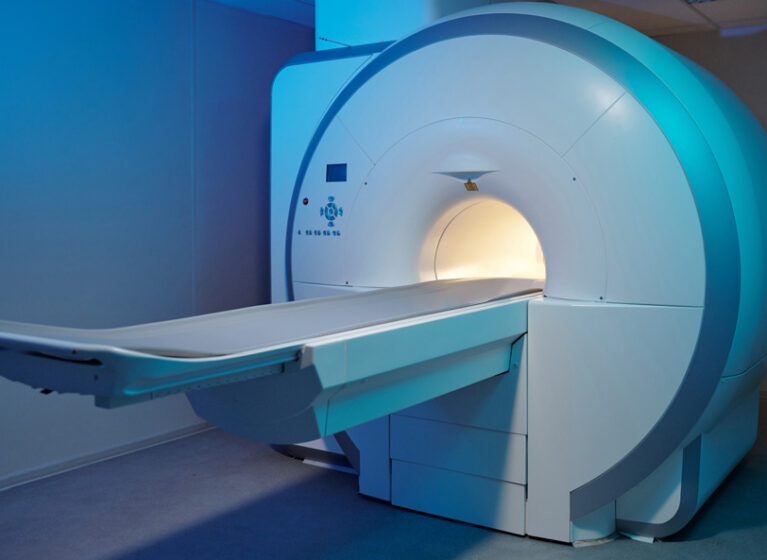
Magnetic resonance imaging (MRI) increases the odds of detecting breast cancer, but it also comes with a significant risk of false positives. Those at high risk have to balance their desire to catch cancer early with the potential stress and additional testing that follows a false positive. It's often a difficult decision.
A decision-making aid developed at UVA Health helps women and their healthcare providers better answer that question.
The new tool, developed by experts at UVA Health and their collaborators, is designed to assist women estimated to have a 20% or greater risk of developing breast cancer during their lifetimes.
“This is a complex decision for patients,” said Lynn Dengel, MD, a surgical oncologist at UVA Cancer Center and a developer of the tool. “We were excited to see that there is potential for the novel decision aid to improve shared decision-making in establishing a screening plan for patients at high risk of developing breast cancer.”
Steps to Consider MRI for Breast Cancer Screening
MRI screening for breast cancer in high-risk women is estimated to detect an additional 15 to 18 cancers per 1,000 women because of its great sensitivity. But the false positive rate is substantial, ranging from 14% to 38% during the initial MRI screening and from 8% to 18% in subsequent screenings.
To help patients make their choice about whether to add MRI to their breast cancer screening regimen, the new decision aid consists of 3 key steps:
- An interactive exercise that uses contrasting statements to identify what the person considers most important
- The patient then compares screening options, along with their pros and cons
- The user finally indicates whether she would prefer to go with mammograms only or mammograms with MRI, or if she remains uncertain.
Patients Find the Tool Helpful
In early testing in a small pilot study, the new tool has proved popular with both patients and doctors. The researchers have published their study results in the Annals of Surgical Oncology.
After using the decision aid, 11 of the 16 initially undecided trial participants elected to undergo MRI screening. Of the participants who had made a choice prior to using the tool, all stayed with their initial decision.
Praise for the decision-making aid was nearly universal. Twenty-three of 24 participants said they found the tool helpful and that it provided greater peace of mind; one was neutral on its helpfulness. Of 16 participants who were undecided on their screening option before using the decision aid, 13 made a choice during the same clinic visit they used the tool.
The healthcare providers who participated in the study also liked the decision-making aid, saying it was useful, facilitated discussion, and was easy to fit into clinic visits.
First Tool for High-Risk Women
The researchers say the promising response to the decision aid warrants further study in larger, multi-site trials, to determine if the tool should be rolled out to high-risk patients broadly. There are already such tools available for women at average risk, the researchers note, but this, they believe, would be the first for high-risk women.
“We aim to further develop the decision-aid intervention so that patients in the breast-care setting can have guided conversations to decide the best regimen for their needs and preferences,” said tool developer Crystal Chu, PhD, RN, of the UVA School of Nursing. “The use of a decision aid can empower patients to make informed, shared decisions while receiving personalized, patient-centered care.”
Dengel and Chu have also created a decision aid for patients who have been diagnosed with cancer in one breast and are considering having both the cancerous and healthy breast removed.
Developing new and better ways to diagnose, treat and cure cancer – and to improve the patient experience – are top priorities for UVA Cancer Center, awarded the prestigious Comprehensive Cancer Center designation by the National Cancer Institute in recognition of their outstanding research and patient care.